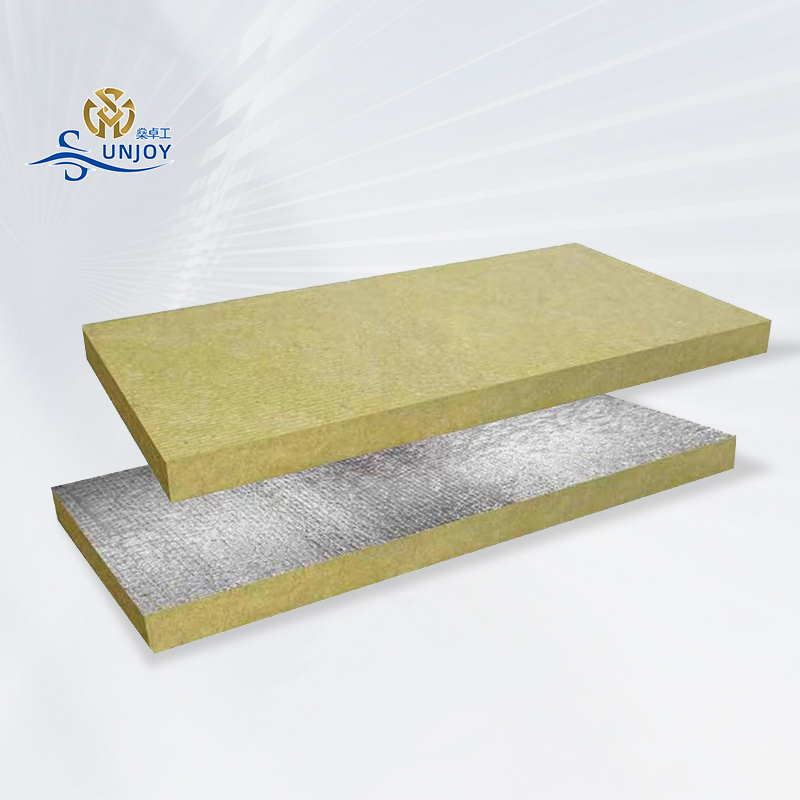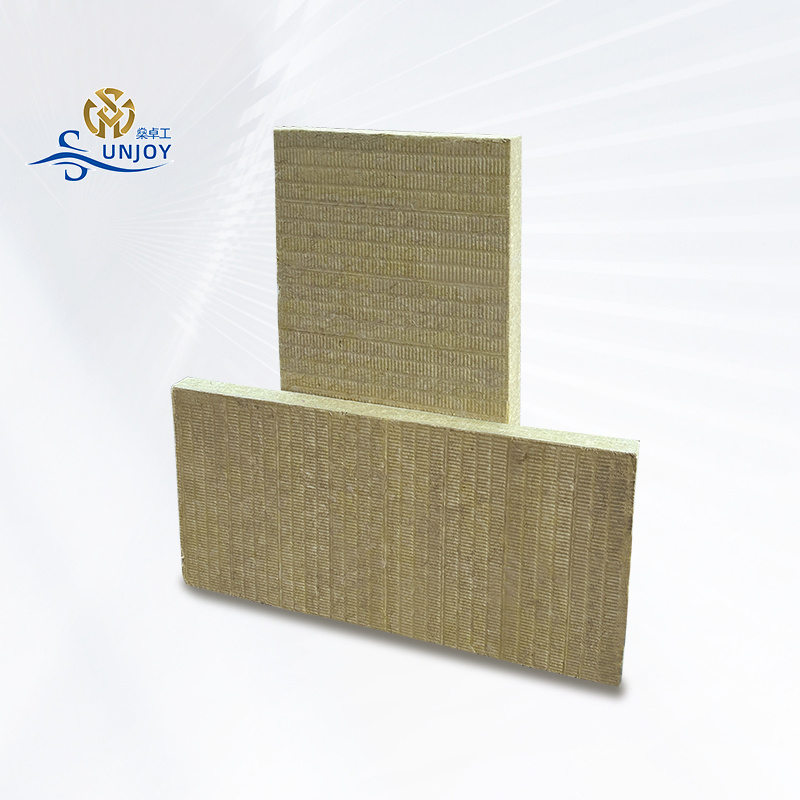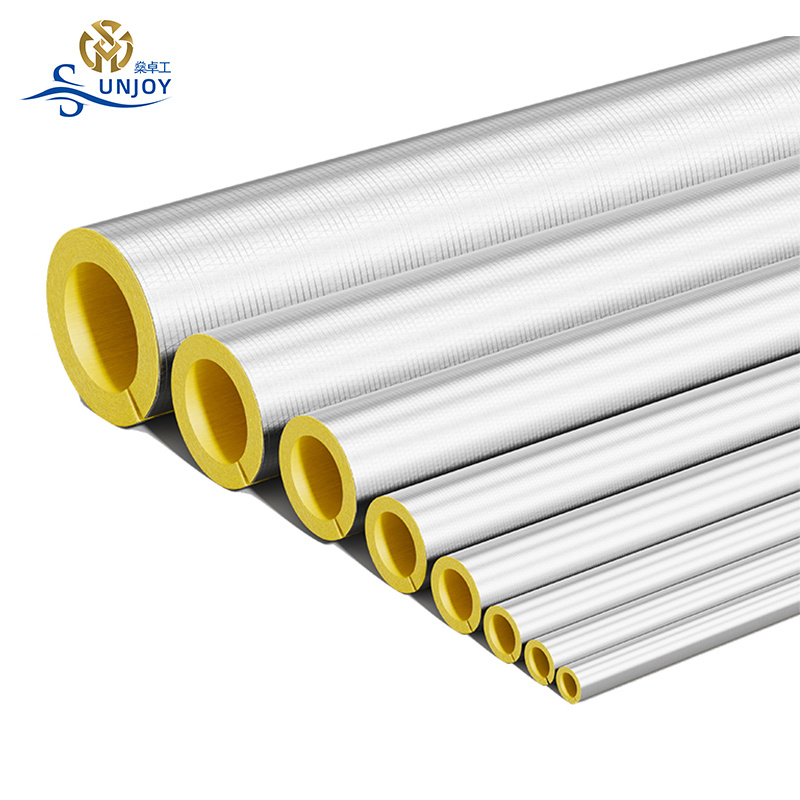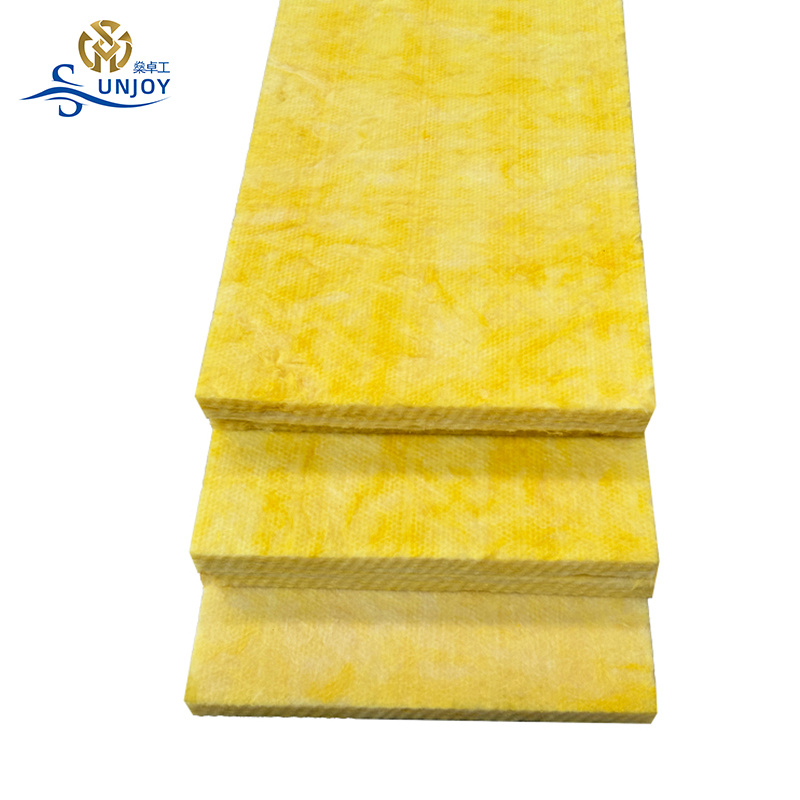








Product Introduction
Rock wool cultivation is a cultivation technique that involves planting plants in rock wool that has been pre-prepared. Honghai rock wool is made by melting 60% gabbro, 20% limestone and 20% coke at a high temperature of 1600℃. The mixture is sprayed into fibers with a diameter of 0.005mm and then pressed into blocks, with a weight of 77-80kg/㎡. It is an inorganic solid substrate.
Advantages of Rockwool in Agricultural Hydroponics
·Fewer pests and diseases, no soil-borne replant failure, and the substrate can be recycled.
·Pin-point control of plant growth lifts yield and quality, boosting farm profits.
·Higher water- and nutrient-use efficiency; eco-friendly and gentle on the environment.
·Light weight, high porosity, strong water retention—easy to handle and transport.
·Non-toxic and contaminant-free; usable where arable soil is scarce, raising land use and crop diversity.

Product Dimensions
| PRODUCT | SIZE | FIBER PROPERTIES | PACKING/CTN |
| Hydroponic rock wool blocks | 25x25 x25MM | Vertical wire connecting piece | 6400 PCS/CTN 5200 PCS/CTN 4400 PCS/CTN 4000 PCS/CTN 6000 PCS/CTN 3312 PCS/CTN 2160 PCS/CTN 2940 PCS/CTN 1932 PCS/CTN 1960 PCS/CTN 2250 PCS/CTN 1210 PCS/CTN 1188 PCS/CTN 924 PCS/CTN 1152 PCS/CTN 320 PCS/CTN 180 PCS/CTN 216 PCS/CTN 144 PCS/CTN 48 PCS/CTN 48 PCS/CTN |
| 25x25x30MM | Vertical wire connecting piece | 5200 PCS/CTN | |
| 25x25x35MM | Vertical wire connecting piece | 4400 PCS/CTN | |
| 25x25x40MM | Vertical wire connecting piece | 4000 PCS/CTN | |
| 25x25x40MM | Trapezoidal vertical wire | 6000 PCS/CTN | |
| 30x30x40MM | Vertical wire connecting piece | 3312 PCS/CTN | |
| 36x36x40MM | Vertical wire connecting piece | 2160 PCS/CTN | |
| 36x36x40MM | Trapezoidal vertical wire | 2940 PCS/CTN | |
| 40x40x40MM | Vertical wire connecting piece | 1932 PCS/CTN | |
| 40x40x40MM | Horizontal wire connecting piece | 1960 PCS/CTN | |
| 40x40x40MM | Vertical wire independent cube | 2250 PCS/CTN | |
| 50x50x40MM | Horizontal wire connecting piece | 1210 PCS/CTN | |
| 50x50x40MM | Vertical wire connecting piece | 1188 PCS/CTN | |
| 50x50 x50MM | Vertical wire connecting piece | 924 PCS/CTN | |
| 50x50 x50MM | 1152 PCS/CTN | ||
| 75 x75 x75MM | Vertical wire independent cube | 320 PCS/CTN | |
| 100x100x75MM | 180 PCS/CTN | ||
| 100x100x65MM | 216 PCS/CTN | ||
| 100x100x100MM | 144 PCS/CTN | ||
| 150x150x145MM | 48 PCS/CTN | ||
| 150x150x150MM | 48 PCS/CTN | ||
| Colonization strip | 1000 x200 x75MM | Horizontal wire independent strip | |
| 1000 x200x100MM | |||
| 1000x150 x100MM | |||
| 1200 x200 x75MM |
Product Specifications
Parameter Category | Specific Parameter Items | Standard Specifications / Reference Values | Description |
Bulk Density | 60-80 kg/m³ | Bulk density affects water and fertilizer retention; this range is suitable for seedling raising/transplanting of most crops | |
Porosity | ≥90% | High porosity ensures root ventilation and reduces the risk of root rot | |
Physical Properties | Water Retention Rate | 60%-75% | Refers to the proportion of water in the rockwool block by weight after saturated water absorption, meeting crop water needs |
Hydraulic Conductivity | 1.5-3.0 cm/h | Ensures uniform diffusion of water and nutrients, avoiding local drought/waterlogging | |
Air Permeability | ≥15 L/(m²·s) | Guarantees oxygen supply to roots and promotes root growth | |
Chemical Properties | pH Value | 6.0-7.0 | Neutral range, suitable for root growth environment of most crops |
EC Value (Electrical Conductivity) | ≤0.5 mS/cm | Low EC value reduces the risk of salt damage, suitable for seedling transplanting | |
Cation Exchange Capacity (CEC) | ≤5 meq/100g | Low CEC value facilitates precise control of nutrient solution concentration | |
Harmful Heavy Metal Content | Lead, Cadmium, Mercury, etc. ≤0.1 mg/kg | Complies with agricultural planting safety standards, no heavy metal pollution | |
Application Scenarios | Suitable Crops | Vegetables (tomatoes, cucumbers, lettuce), flowers, strawberries, etc. | Different sizes are suitable for seedling stage/transplanting stage; large sizes are commonly used for melons and fruits |
Suitable Planting Methods | Soilless Culture (hydroponics, substrate culture), seedling cutting | Can be used directly or matched with nutrient solution systems | |
Other Properties | Aging Resistance | Stable use for 1-3 years in exposed environment | Resistant to acid and alkali corrosion, not easy to degrade during long-term use |
Sterilization Treatment | High-temperature sterilization (≥800℃) before leaving the factory | Eliminates insect eggs and pathogens, reducing the risk of seedling diseases |
Applications of Hydroponic Rockwool Cubes
Fruit & Vegetable Cultivation
In the Netherlands and other Western countries, rock-wool culture is widelyused for fruit-bearing and leafy vegetables under protected cultivation.Within this system, light, temperature, water and nutrients are suppliedquickly, rationally and in balance, so yields are higher than in soil. Onaverage, crop output more than doubles, and for some species it canincrease more than tenfold.
Rice, Flower& Medicinal Crop Cultivation
In China the substrate is already used for crop seedling production, flowergrowing and medicinal-plant cultivation; measurements show that duringthe rice nursery stage the available-silicon content of the inorganic fibermedium exceeds 500 mg kg², more than ten times that of ordinary soiland highly beneficial to rice growth and development.
Medical Cannabis Cultivation
As Western countries legalize and reulate cannabis cultivation. rockewoothas becomethe substrate of choicefor soiless medical-marluana production
1.0verseas,rockwool is the first choice for soilless cannabis cultivation because its high water-holding capacity aows nutrient solution to be recycledreducing pollution of soil and water bodies,
2.Rockewool is a porous,filbrous solid substrate that roots easily penetrate;it is well-aerated, highly water-retentive, soft and uniform-creating idealconditions for root growth.

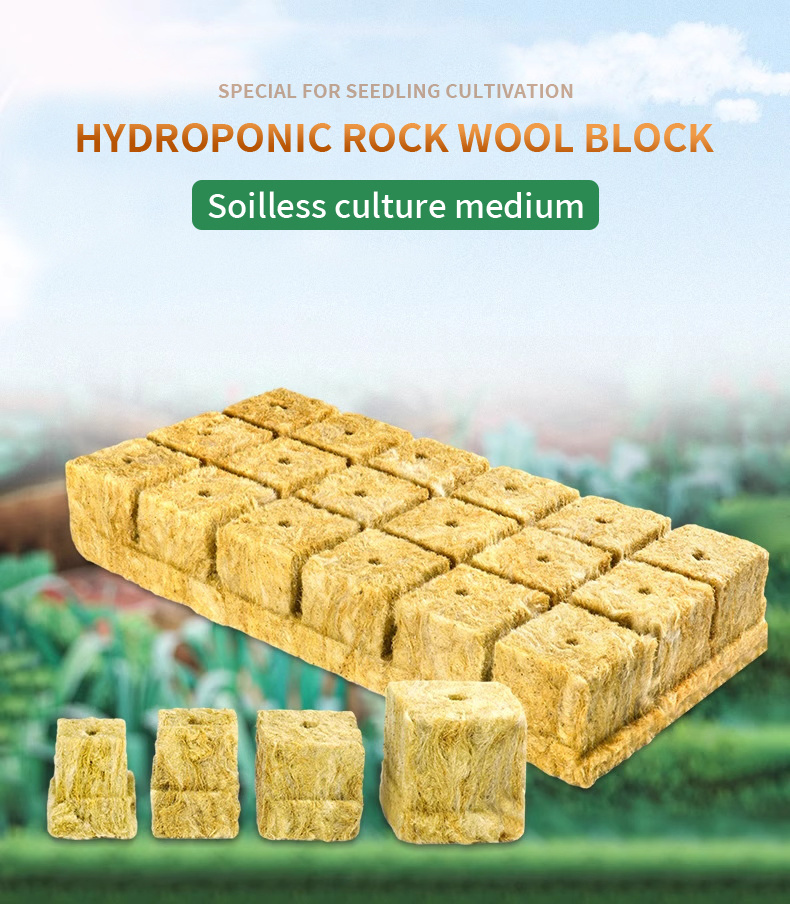
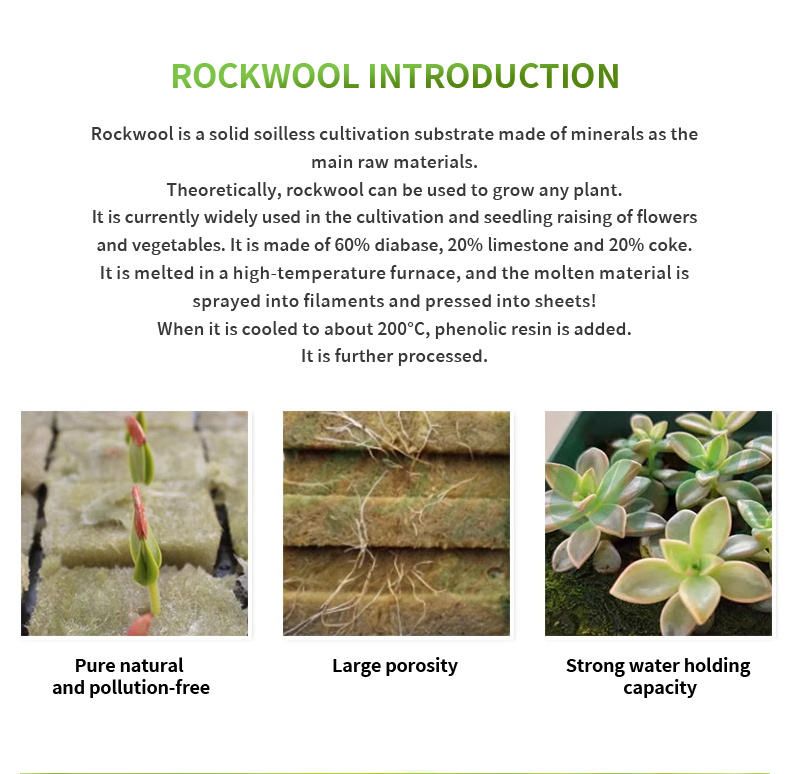
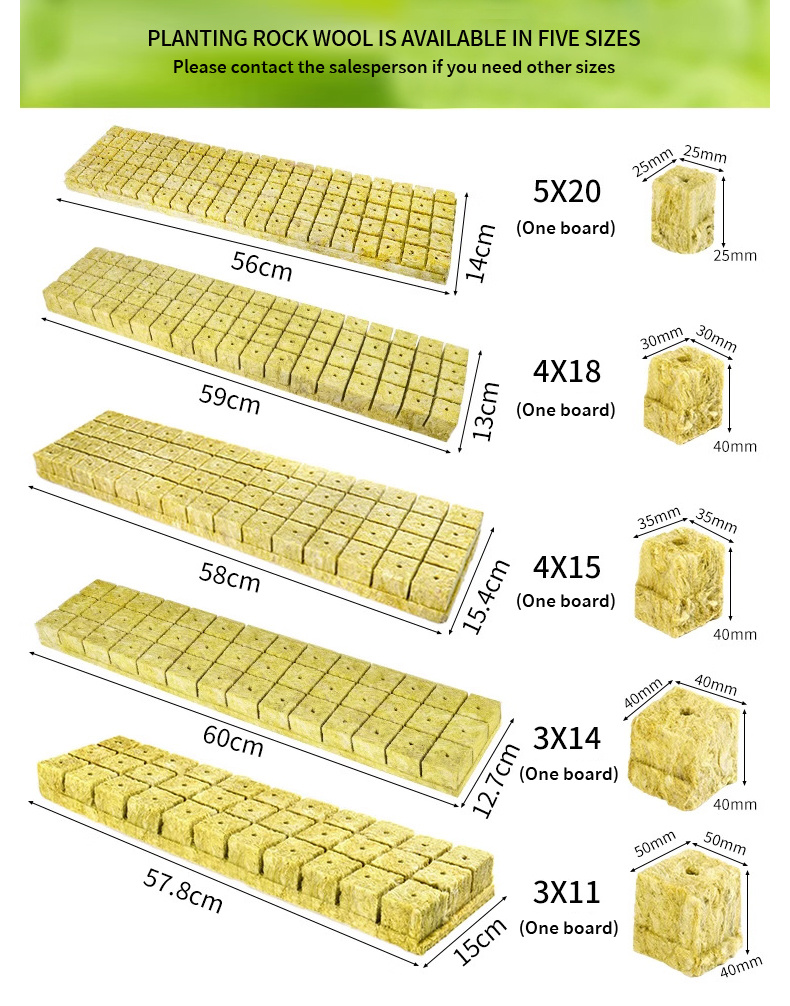
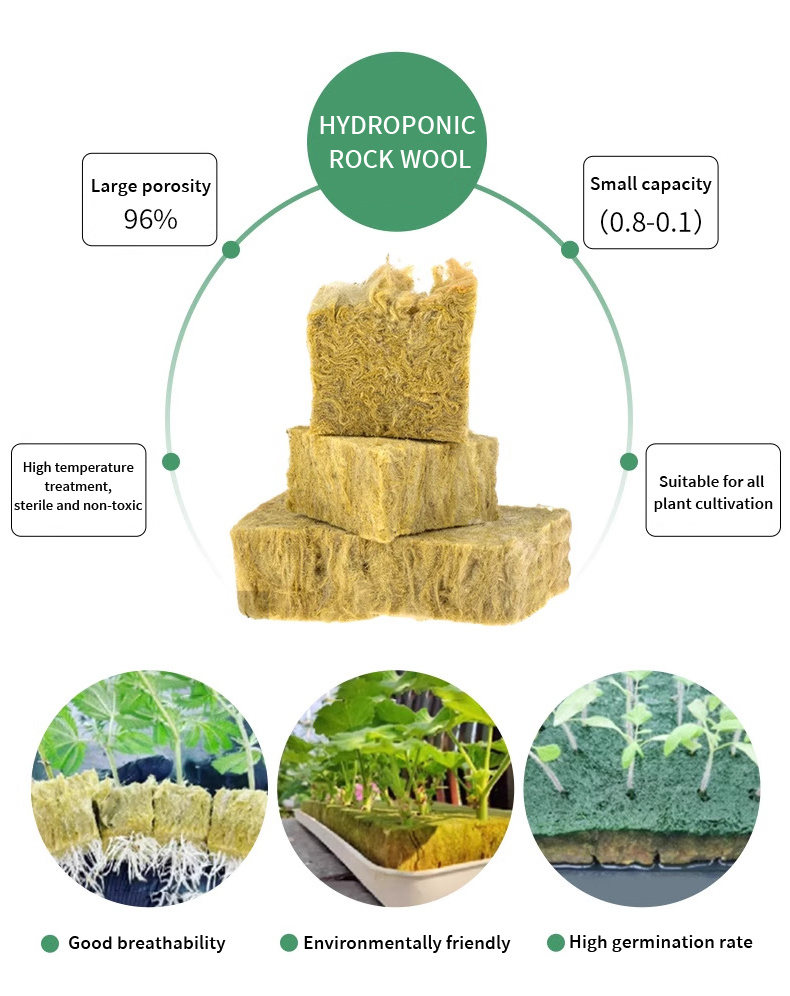
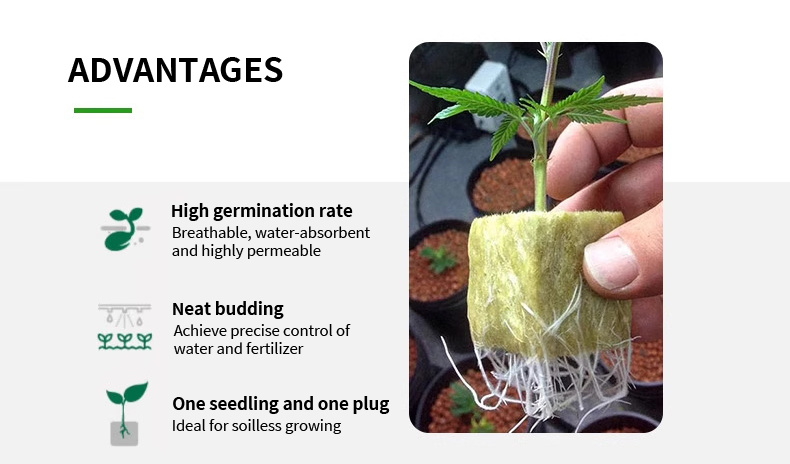
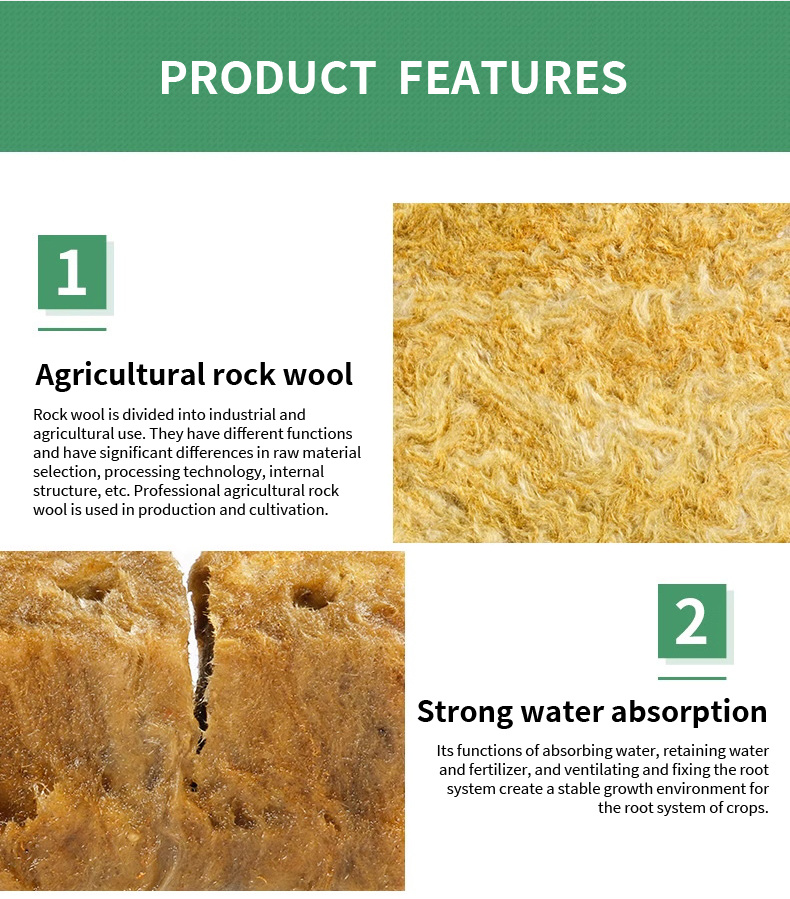

New Agricultural Greenhouse Rock Wool Cubes Hydroponic Grow for Garden Vertical Hydroponic System









Classification
Get A Quote
Note: Please leave your contact information and our professionals will contact you as soon as possible!

